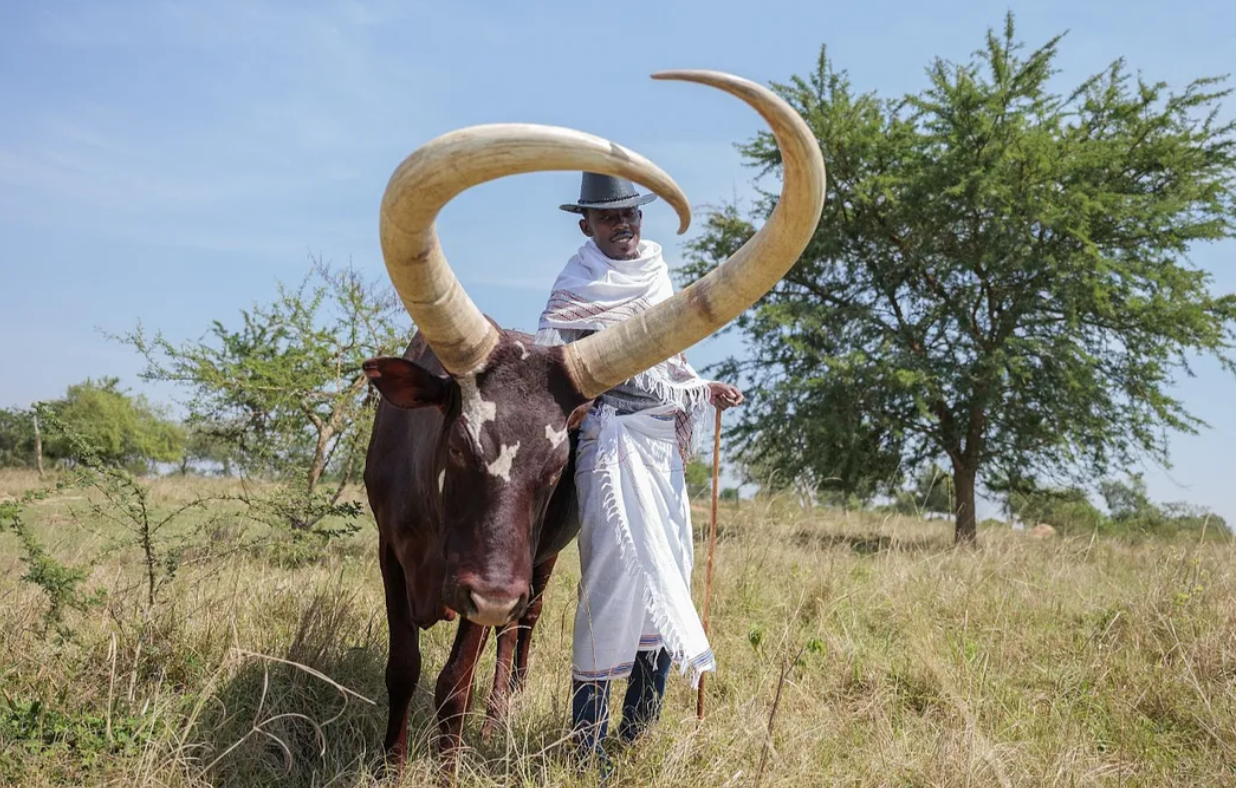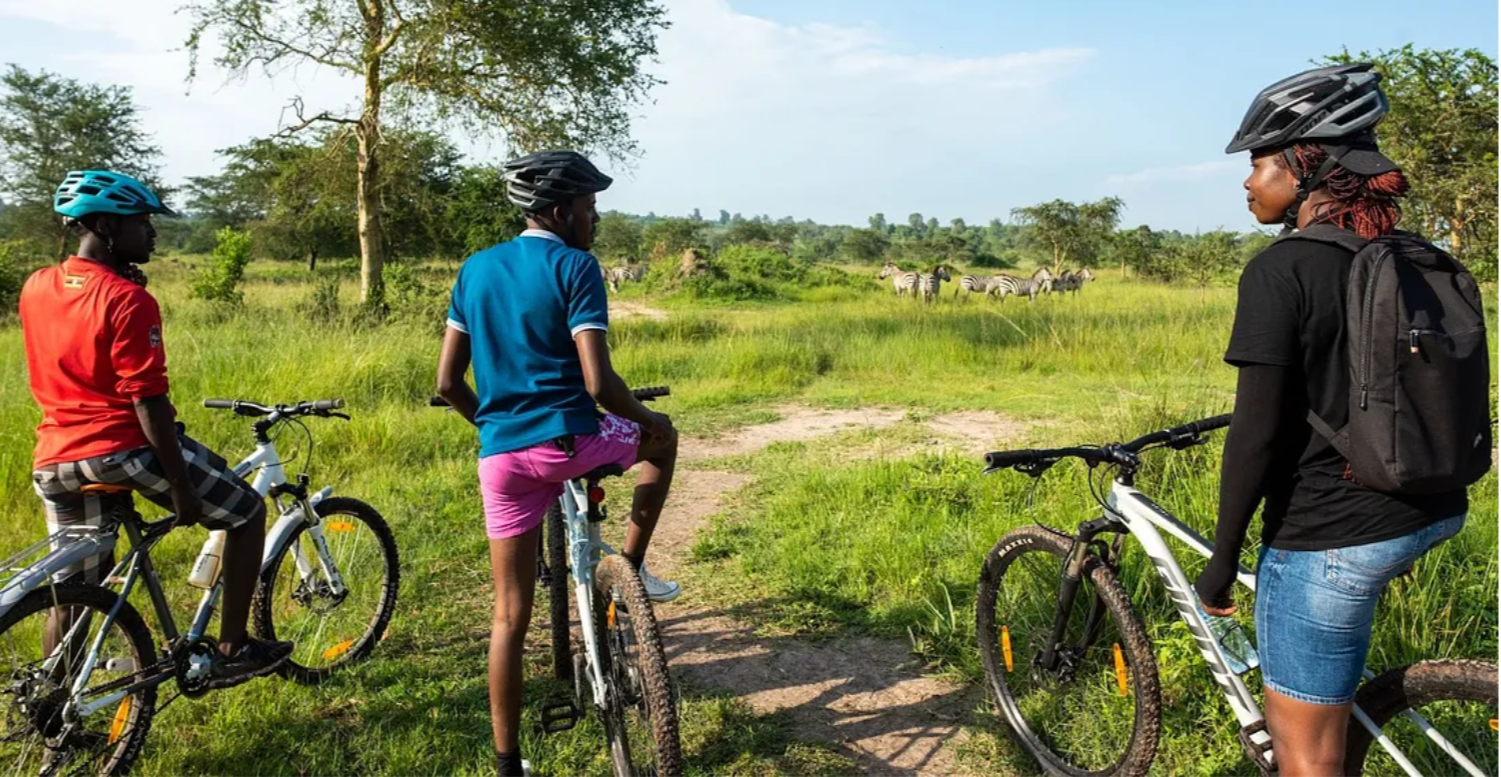A partnership between international non-profit organisations and government is helping Ugandan communities to create intriguing tourism products, develop guiding skills and showcase cultural attractions to operators and lodges.
With the support of implementing partners the Research Triangle Institute, in partnership with the Uganda Wildlife Authority, the United States Agency for International Development (USAID) funds the 2020-2027 Biodiversity for Resilience project in Uganda. The project focuses on strengthening the capacity of community wildlife conservancies bordering national parks and forest reserves in Kidepo Valley, Murchison Falls, Lake Mburo and Budongo Forest.

In the Rurambira Community Conservancy adjacent to Lake Mburo National Park, the project has trained six professional tourist guides from the local Bahima tribe, in addition to facilitating training in conservation management and training in specific programmes for women and youth. Exactly 10 years after its establishment in 2014, the conservancy is now ready to engage in community tourism as a business.
“We wanted to conserve and then earn from the flora and fauna that lives on the land,” said Wycliffe Namanya, one of the six trained guides at Rurambira and also the conservancy’s Publicity Secretary. “When we got registered, we thought of community tourism as one of the ways to make money while conserving, to let people know that the wildlife they see on their land is useful and should be conserved.”
The conservancy offers tourists the opportunity to experience the traditional Bahima way of life, which includes the co-existence of long-horned Ankole cattle with wildlife such as zebra, eland and other antelope. Nature walks and cycling are available, along with cultural visits of Bahima homes and traditional ghee-making and beadwork.

“We feel so proud of our culture and want to share it with the world,” said Namanya.
USAID partnered with Karatunga Arts and Tours, an experienced travel and community tours operator, to further train the tour guides and hosts to identify and develop community tourism products in a two-week boot camp.
“We realised some of them had never done guiding before, had never interacted with tourists, and did not know how to present their cultures,” said Laigah Kasule, Karatunga’s Tourism Development Consultant. “The boot camp was very practical, we invited different hosts including district tourism officers, lodge owners, and tour operators to come and test the activities and tell us what they thought about them.”
USAID additionally helped Namanya and other community tourism providers in Uganda attend and exhibit at a national annual tourism expo in the capital, Kampala.
“It was a really big step taken, from the boot camp to the expo, we were able to connect, we sold our ideas and many tour operators were appreciative,” Namanya said.
Going forward, the conservancy will intensify the marketing of its community tourism products to private sector operators and lodges, with the goal of establishing long-term partnerships. It also plans to leverage its website and the updated Uganda Wildlife Authority guide, and list in popular travel guides in both English and French.
USAID’s support also included the provision of a solar-powered 5 000-litre capacity milk cooler for the formation of a dairy cooperative.
























